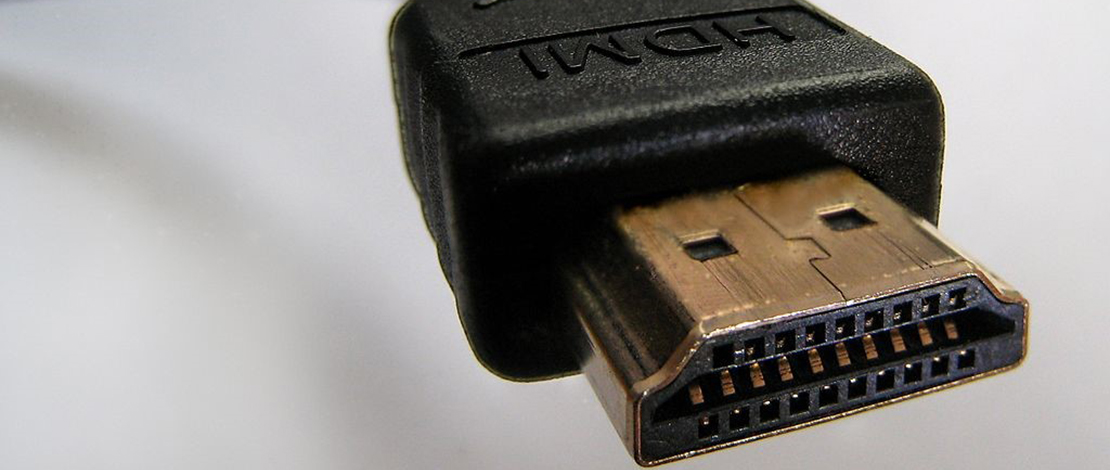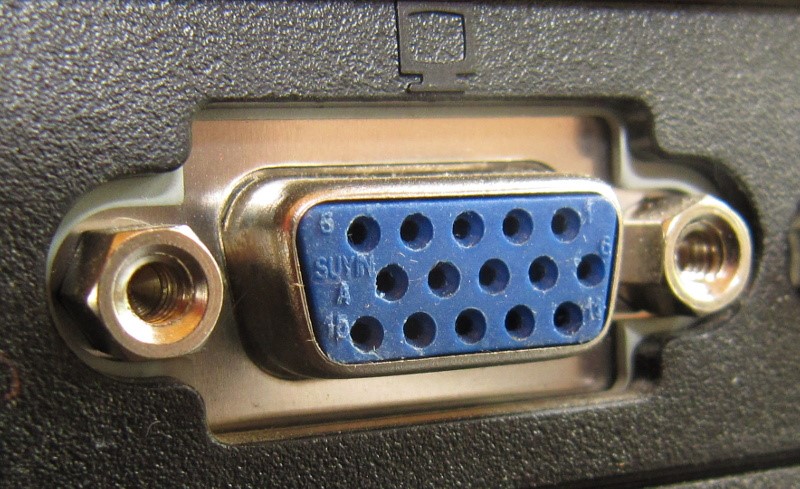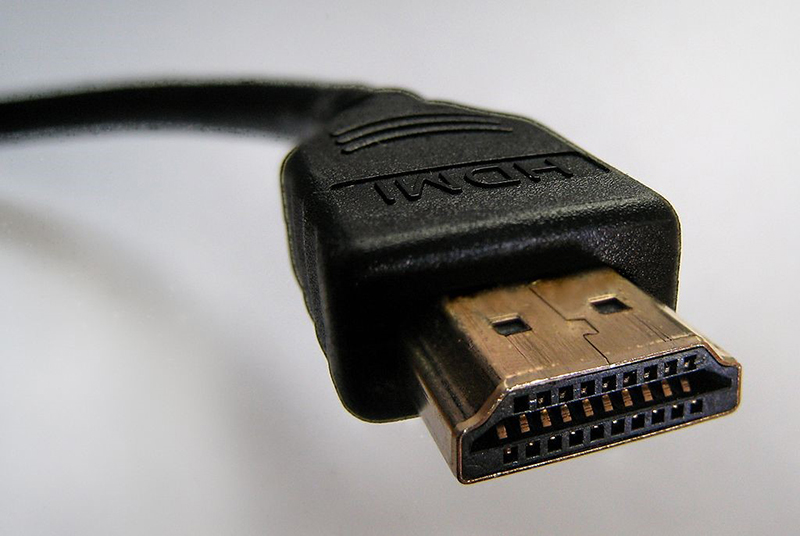VGA vs HDMI – the Old vs the New

Connectors and interfaces can confuse even the tech-savvy users, let alone those who just want to watch a movie. However, when faced with something as old and possibly outdated as VGA, compared to HDMI, most consumers would choose HDMI.
There are a couple of scenarios where VGA might be a better choice so let’s dive in and see when and where you might want that d-sub mini 15-pin connector.

A typical female VGA connector. The screws were there to secure the connection since the cables and connector could get heavy.
VGA vs HDMI – The Basics
VGA was used until the early 2000s when it was replaced first by DVI, against which it fared pretty well, and afterward HDMI and DisplayPort. VGA transmits analog video, that being the limit of the connector and interface.
The problem with VGA is the signal strength as the cable length increases. Since the signal is analog, it is also prone to outside interference, which could influence image quality when bad cables are part of the signal chain.
HDMI, on the other hand, is a digital technology that is based on the same principles as DVI, only more sophisticated. It can transmit both video and audio, making it a superior solution for anything from TVs, and home theaters, to, of course, consoles.
HDMI is everything that DVI should have been, and more. In that sense, it is a logical replacement for VGA, because for starters, almost no display or graphics card today has a VGA connector.
Most monitors have resolutions and refresh rates that cannot be achieved by VGA. VGA could be used for retro gaming where CRT monitors are used because of the way they produce images. Before LCDs games were built with CRT monitor technology in mind, and it was used to make the best-looking graphics possible.

A typical HDMI cable with the iconic symmetric connector. It can transfer both video and audio, and reach high resolutions.
Where HDMI Shines
HDMI is best used in almost any modern consumer scenario, such as a display out for a monitor, or even a home theater. Almost every consumer TV has several HDMI ports, which effectively eliminates VGA as an option.
All consoles have an HDMI port, making it the ideal choice for any casual display setting. Most PC users prefer DisplayPort over HDMI, but that is not an option with TVs and consoles. HDMI is not lacking in anything except the highest possible resolution and refresh rate compared to DisplayPort.
Utilizing Display Stream Compression, high resolution, and refresh rate signals can be sent to a display, using its potential to the maximum.
These resolutions are anything but reachable for VGA, which is expected, given the limitations of analog technology, or rather, a lack of research into it post-LCD widespread use and digital display interface solutions.
VGA – Old But Gold?
VGA encompasses many things though the standard resolution that VGA refers to is 640×480, which is far from VGA’s limit. Some CRT monitors were able to produce resolutions in the domain of 1440p.
With CRT monitors, which were used with VGA most of the time, as the resolution increases, the refresh rate drops, so one would have to choose between the two. It is also worth noting that almost no game other than a competitive shooter or fighting game benefits from having a refresh rate other than 60Hz.
Compared to HDMI, VGA has very few use cases in today’s world. Everything is digital or uses HDMI or DisplayPort as an interface/connector.
With that in mind, unless you are a retro gamer and thoroughly enjoy consoles from the late 90s and early 2000s, VGA is not the right interface for you.
HDMI vs VGA – Could We Make a Pro-VGA Argument?
The only thing that VGA has going for it is the analog signal chain and the fact that some older devices use VGA as a connector. Compared to modern HDMI and DisplayPort, VGA and even DVI have almost no benefits.
Retro gamers will find it easier to use time-appropriate consoles, computers, and displays, with VGA, rather than HDMI and an adapter. The latter would ruin the immersion of having a fully retro setup and would complicate things because an adapter would have to be used.
HDMI vs VGA Quality – Saving Grace for VGA?
In the odd situation where you benefit more from using VGA as a connector, HDMI loses all its advantages except signal stability. HDMI isn’t prone to outside interference, unlike VGA. However, since you are outputting to a VGA display, HDMI will still have to lower its potential to match that of the display.
In these cases, you would do better with using the native connector and interface, or VGA. In most other cases, if not all of them, HDMI is the better choice. Retro gaming enthusiasts and those who prefer CRT monitors should stick with VGA while everyone running a setup from the past decade should simply use HDMI.
Conclusion – HDMI Has the Upper Hand Over VGA
Since analog displays that rely on VGA as a connector and interface have not been in use for decades, HDMI is the better option for consumer and professional use cases. With a higher resolution and refresh rate, better image quality, and stability, HDMI should be your connector and interface of choice.
VGA has its place in history and in some people’s builds or retro gaming setups. It still has a place, even though it is becoming increasingly more difficult to find devices that still use VGA and are in working order.
With that in mind, it should be easier to choose the right connector and cable for your setup, whether it is retro or modern.